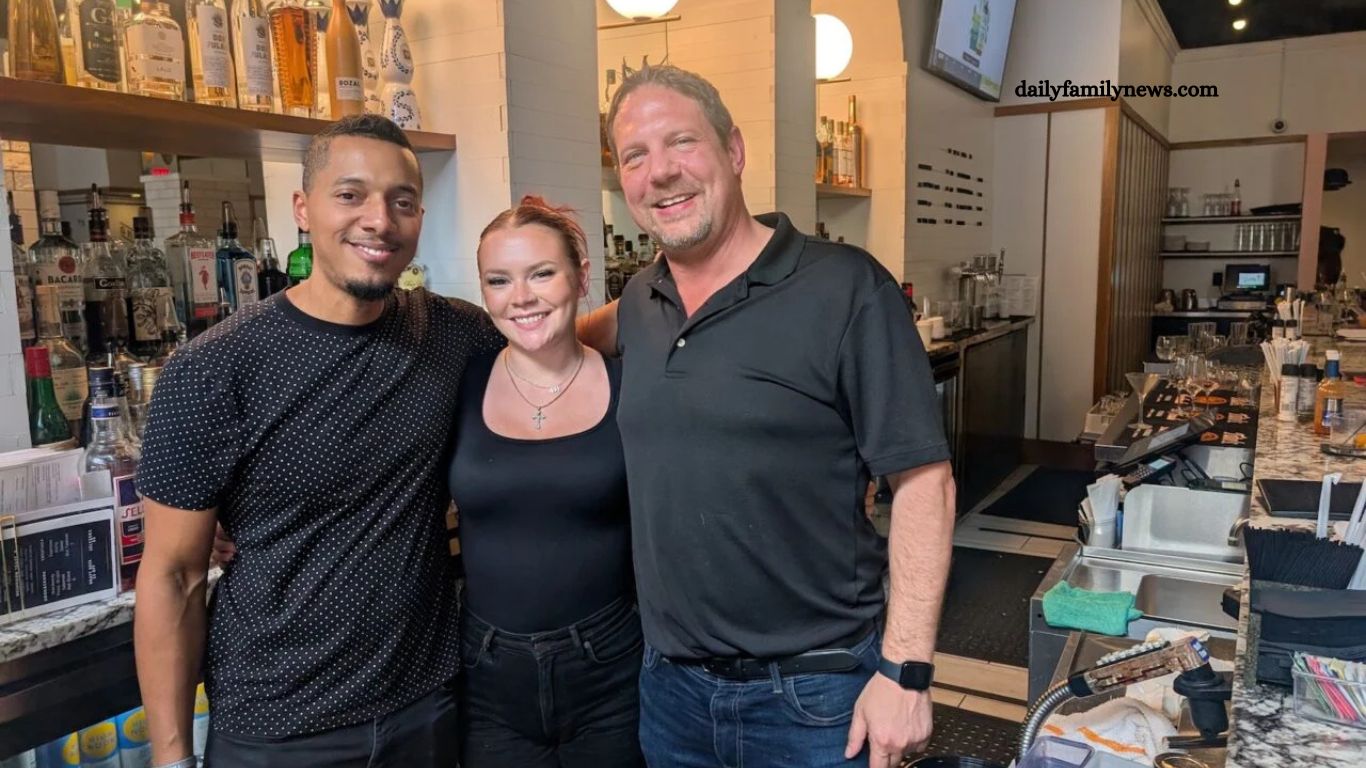At the heart of today’s AI revolution is ChatGPT, a powerful tool reshaping how people work and solve problems. During the National Association of Black Journalists convention in Cleveland, I discovered a surprising range of attitudes toward this technology. While many feared ChatGPT as a threat to their professions, a simple breakfast conversation revealed a different story.
Three workers from a bartender to a former teacher to a waitershared how ChatGPT has become an indispensable assistant in their daily lives. Whether it’s planning trips, creating presentations, or streamlining tasks, ChatGPT helps them save time and enhance productivity. Their experiences offer valuable insights into AI’s practical benefits and show how embracing ChatGPT can transform challenges into opportunities in today’s fast-changing world.
Read More: Effective Home Remedies to Treat Acne and Pimples Naturally
The Power Users
For Dawud Hamzah, bartender and youth motivational speaker who founded H.Y.P.E. (Helping You Produce Excellence), ChatGPT has replaced Google. “I use it to create well-structured PowerPoint presentations for my talks,” he said. Beyond work, it’s his trip planner, health advisor, and personal coach.
“For my lady’s birthday, I asked for a relaxing, vegan-friendly itinerary. It delivered a phenomenal plan,” he shared. When back pain struck, ChatGPT provided specific home workouts to ease pressure on a degenerating disc—and it worked.
Jamie Sargent, a former special education teacher, has used ChatGPT since its 2022 launch. It saves him hours by generating baseline lesson plans, freeing time to tailor lessons for each student.
“I saved about an hour writing a lesson plan,” he said. “It’s not cheating—AI just does what I would do, faster.” He rejects the idea teachers shouldn’t use it. “If it makes work faster, that’s better.”
Sargent also relies on ChatGPT for travel planning, mapping complex trips with detailed routes, restaurant picks, and cost estimates.
Both men take a pragmatic stance on AI’s impact. Jobs may be lost, but adapting is crucial. “If you don’t learn and evolve, you’ll fail,” Hamzah said. Sargent added, “Focus on what makes you human. AI isn’t part of that experience. Differentiate yourself to stay valuable.”
The Cautious Converts
Kevin’s introduction to AI came from necessity. Facing a tight deadline to print a new menu, he turned to ChatGPT—and it solved the problem instantly. That quick success changed his view. “Now, I’m open to asking AI for any problem,” he said.
Regretting missed chances like the Bitcoin boom, Kevin wonders if AI can help “the little guy” compete in investing. “How do we stop getting crushed?” he asked.
Their manager, Curtis Helser, 56, learned about ChatGPT from his wife a year ago. He uses it to craft concise, professional emails. Viewing AI as a neutral tool—like a car—he isn’t worried about job loss. “You have to be in the building,” he laughed. “Shaking hands, kissing babies—that’s irreplaceable.”
At Betts, AI felt less like a threat and more like a practical assistant. Younger staff embraced it fully, while older workers approached cautiously but open-mindedly, integrating AI gradually. They recalled past fears about personal computers.
The contrast with journalists’ anxiety was striking. Those controlling information see AI as an existential threat, while service workers see it as another tool. The real AI revolution isn’t in headlines or panic—it’s in everyday conversations solving real problems.
Frequently Asked Questions
What is “Breakfast with ChatGPT” about?
It explores how three workers from different backgrounds interact with AI, highlighting diverse perspectives on ChatGPT’s role in their daily lives.
Who are the three workers featured?
The story features Dawud Hamzah, a bartender and motivational speaker; Jamie Sargent, a former special education teacher; and Kevin Knestrick, a waiter.
How do these workers use ChatGPT differently?
Hamzah uses it for presentations, travel, and health advice; Sargent for lesson planning and travel; Kevin began using it out of necessity and now embraces it for problem-solving.
Does the story suggest AI is a threat or a tool?
The story shows a balanced view: younger workers embrace AI as a helpful tool, while some express caution but remain open to its potential benefits.
What lessons does the story share about adapting to AI?
It emphasizes the importance of adapting, learning new skills, and focusing on uniquely human qualities to stay valuable in an AI-driven world.
Where does the story take place?
The events occur during the National Association of Black Journalists convention in Cleveland, Ohio, with key conversations happening over breakfast at the hotel restaurant.
Why is this story relevant now?
As AI reshapes workplaces, the story offers real-life insights into how people from different generations and jobs experience and adapt to AI.
Conclusion
The story of these three workers reveals the evolving relationship between people and AI. While some fear its impact, many are already embracing ChatGPT as a practical tool that enhances their work and daily lives. This quiet revolution highlights the importance of adaptability and perspective in navigating AI’s future. Ultimately, the true power of AI lies not in replacing us, but in how we choose to use it—turning challenges into opportunities, one conversation at a time.
